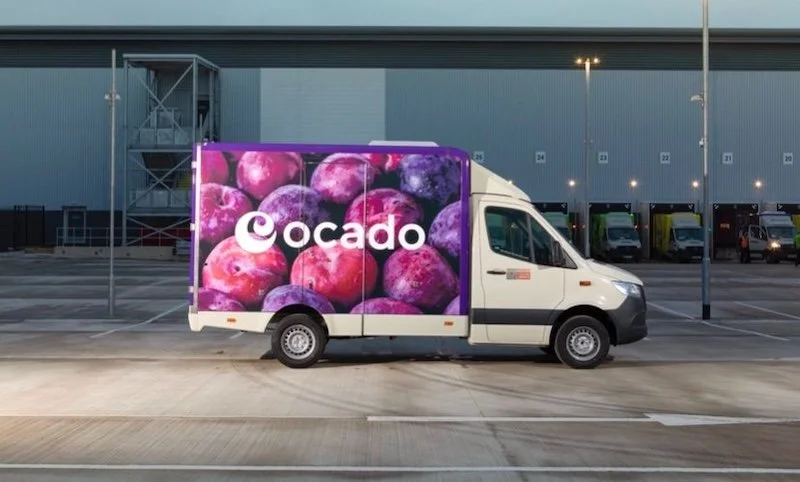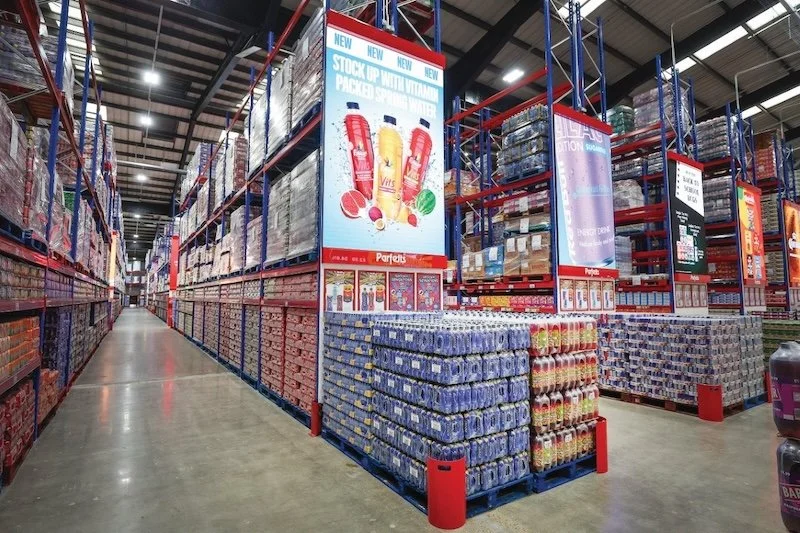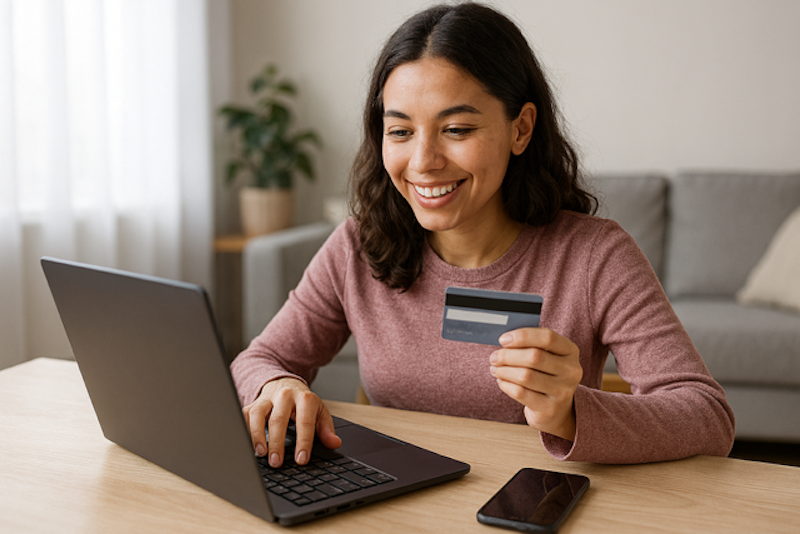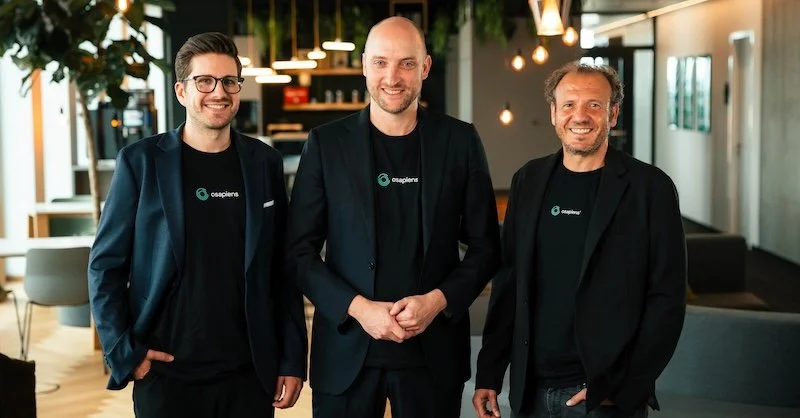Smart Retail Tech 2024: NearSt boss talks merging physical and online to enable connected experiences
“Only 1% of products in physical retail are visible online,” claimed Nick Brackenbury, NearSt CEO, in a keynote speech on the opening day of the Smart Retail Tech 2024 expo on 27th February at ExCel in London.
His startup, founded in 2015, exists to help clients get better listings on Google, Meta and socials when they type ‘near me’ searches for a lightbulb, fashion item, or indeed any product.
“The last ten years have seen massive investment in online retail. Fantastic,” said Brackenbury. “But the next ten years’ investment needs to go into servicing the local customer much better.”
Smart Retail Tech Expo London has officially come to an end! It's been an amazing few days! 🫶
— Smart Retail Tech (@smartretailexpo) February 28, 2024
We would like to say a huge thank you to everyone involved! We hope you enjoyed it as much as we did!🛍️
We're already counting down the days until next year...#SmartRetailTech #SRTUK pic.twitter.com/NFiRsuB0FQ
That means offering connected, seamless experiences to customers whether they choose to access the retailers’ goods online or physically in a store – for instance, via an online stock checker that can drive customers to the right shop.
“It’s obvious. You’ve got to tell people what you’ve got,” said Brackenbury, while adding research shows 55% want to check if their good is in-store before visiting, thereby avoiding a potentially wasted journey.
“However, retailers that only share their stock via their own website could lose out,” cautioned Brackenbury, especially if there are 12 steps to find a particular type of emulsion paint via a Google search, then a search on the provider’s website for the type of paint, then the colour, then the location or stock finder tool, and so on and so on.
“If there is a rival four-step journey natively in Google or Meta, via a near me query, then who do you think will win that customer journey?”
“We’ve worked with a client retailer that has 50 locations and got them six million extra views in local search requests,” said Brackenbury, while extolling the power of optimising your online offering and integrating it with physical stores.
“This project led to greater engagement for the client and 70,000 extra customer visits, equating to approximately £1,932,000 in extra revenue.”
The counter argument is that consumers may have visited a shop anyway, making these metrics inexact and redundant. “Fair enough. Some may say ‘our brand is strong enough’ to ensure visits anyway,” conceded Brackenbury. “But do you really want to risk losing some customers?”
The mobile phone dominates modern online and app-based retail, which is growing especially among young consumers, so retailers should definitely look to blend this market with their in-store audience, to the mutual benefit of both.
The contextual and locational data on a smartphone can help this process, as can optimising technology from the likes of NearSt and other such technology vendors to improve the visibility and relevance of digital footprints via enhanced connectivity.
Future gazing
“Uber, Deliveroo and others are doing retail deliveries now as well, not just food. This can be from a local store, not a dark warehouse, which further opens up the marketplace,” said Brackenbury, as he future gazed about a connected omnichannel and blended retail arena.
The imminent Apple Business Connect service could potentially provide a rival to Google Maps present dominance.
“Generative AI will amplify this sector still further with Google’s Gemini (formerly Bard) tool and other such applications ever evolving,” added Brackenbury.
“TikTok will also be important as they are investing a lot in this area,” he concluded, while joking that the platform “is not just funny dances anymore”.
Far from it. Indeed, the marketplace of the 21st century is increasingly digital, so the physical in-store market needs to connect and blend with online and various apps as never before, if physical retail is to survive and thrive.






























Continue reading…